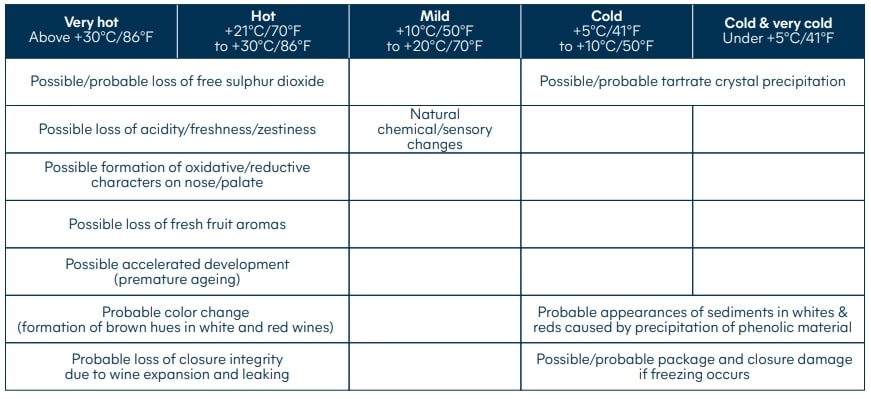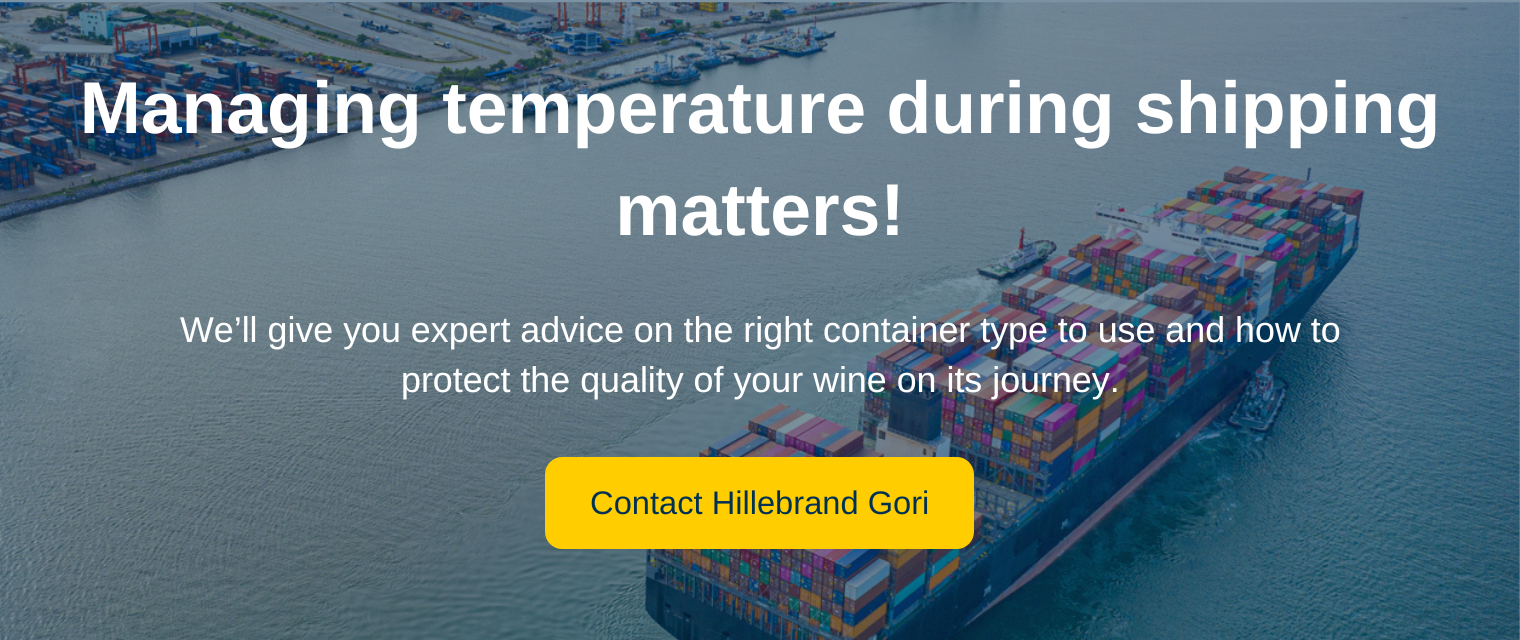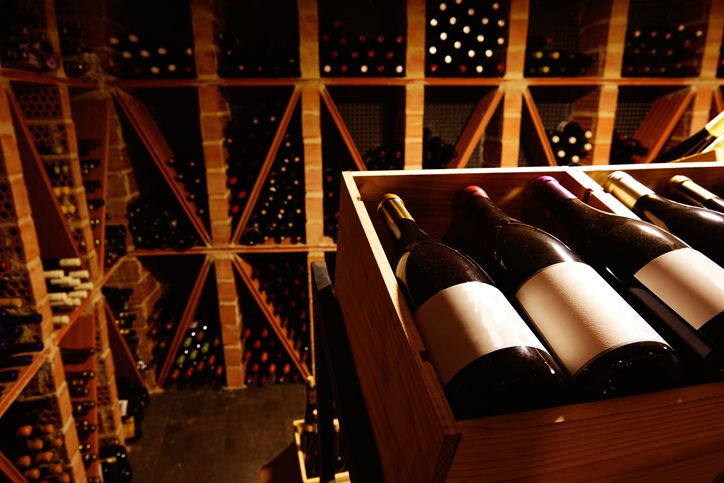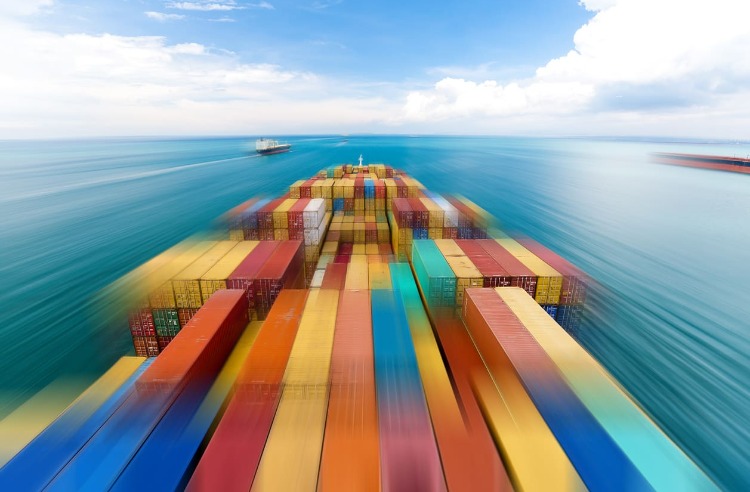Share this post
Wine Temperature: How to protect your wines from shipping damage
We all know that wine is a delicate product that needs to be handled with care.
Temperature shocks or contrasts can affect the taste, aroma and overall quality. This is why it's important to understand this affects container temperature and subsequently wine temperature along the transport journey.
The importance of wine temperature and container temperature during shipping
The ideal wine temperature is between +10°C to 20°C (+50°F to 68°F).
This is what we call the "wine comfort zone." Any exposure to temperatures outside this range can cause wine spoilage and affect quality.
That's why it's important to consider the container temperature when storing and shipping wine.
One study on Australian wine shipments found that if the outside temperature reaches 40°C (104°F), as it can in Australia during the summer, the inside of an uninsulated container can rise as high as 60°C (140°).
The study also highlighted the risks of shipping wine during the severe European winter. When exposed to temperatures as low as -5°C (23°F), wine can freeze, leading to undesirable tartrate crystal deposits in certain wines when the temperature reaches 0°C (32°F).
Prolonged heat exposure can result in:
Accelerated development (premature ageing)
Color change
Loss of acidity, freshness or zestiness
While prolonged exposure to extreme cold conditions can lead to tartaric crystal precipitation and package or closure damage if freezing occurs.
The good news is that there are ways to prevent extreme temperatures from ruining the quality of your wine so it gets from point A to point B in the best possible condition. But first, let's take a closer look at how wine temperature can affect your product.

The dangers of shipping wine at the wrong temperature
By now, you know that extreme temperatures and shipping don't mix.
But what exactly happens to wine when it's exposed to extreme heat or cold for a prolonged time?
Possible damage due to prolonged high temperatures exposure
When wine is exposed to temperatures higher than 21°C (70°F) during a prolonged time, the chemical structure of the wine changes.
Prolonged heat exposure can result in accelerated development (premature ageing) and loss of free sulphur dioxide. It can also change wine color and cause an increase in browning.
A heat-damaged wine can taste unpleasantly sour, without freshness and flat on the palate. And more than that, ageability will decline noticeably.
Possible damage due to prolonged cold temperatures exposure
Prolonged exposure to cold temperatures can have equally damaging consequences for wines.
Between +5°C to 10°C (41°F to 50°F) wines can suffer tartaric precipitation — even tannic — and other components might fade. Below this temperature, wine corks might be pushed out and the bottle can break. Depending on the alcohol content, wine freezes at around -7ºC to -10ºC (19.4°F to 14 °F).
Additionally, the sensory character of the wine will be impacted as well, with a loss of acidity and freshness. Temperature fluctuation, constant extremes (heat or freezing) can result in significant volume expansion of the wine, which affects the closure and glass resulting in breakage or leakage.
As a consequence, some wines are damaged before they even reach their destination. This can easily be avoided by anticipating the risks and ensuring proper protection in the containers during transport and storage.
How to make sure your wines arrive in optimum condition
Wine shipping is a complex process that requires careful planning and execution.
By understanding the potential risks associated with extreme temperatures and taking steps to avoid them, you can rest assured your wines will arrive safely and in pristine condition. Hillebrand Gori offers a variety of risk management solutions that can help you ship your wine with confidence.
Using highly accurate climate predictions from the World Meteorological Organization (WMO), we can analyze your planned route in detail and identify any potential risks along the way. Hillebrand Gori also offers a range of temperature controlled shipping solutions to protect your wine from extreme temperatures during shipping.
Our insulation liner, which is available for cases, pallets or containers, is specifically designed to protect wine from temperature fluctuations and offers superior protection for your wine. We also offer storage solutions so you can store your wines safely before shipping if needed.
For more information about our wine shipping solutions, contact us today. We would be happy to discuss your specific needs and provide you with a customized quote.

Yes, you can ship wine during any season. However, you will need to choose the right shipping container type to manage the temperature and humidity along the transport journey.
The temperature range for a 20-foot standard reefer container is -30ºC to +30ºC.
Temperature-controlled shipping is a method of protecting wine from extreme temperatures during transport. It involves using dry containers fitted with an insulation liner or a refrigerated container.
Preservation of wine quality, a better shelf life and increased customer satisfaction.
The cost will vary depending on the quantity you are shipping, the mode of transport and the distance it needs to travel.




